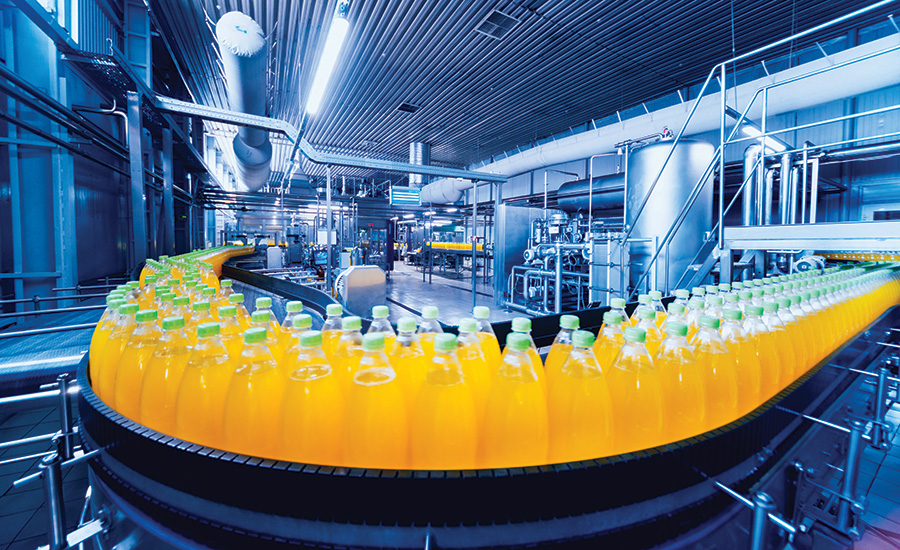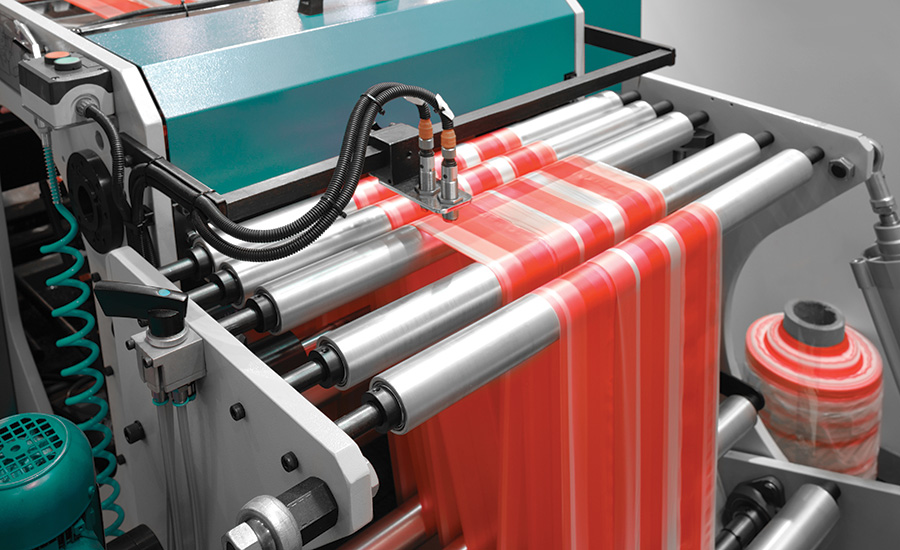Few companies have been immune to the turbulence of global disruptions and business evolution over the decades. Back in 1964, the expected lifetime of the typical S&P corporation was 33 years1, but by 2016 it had dropped to 24 years. Looking ahead to 2027, the projection for longevity is just 12 years.
Packaging manufacturers, whether S&P companies or not, face a host of disruptions caused by changing consumer preferences and technology-driven innovation. The rapidly changing world means the old, compartmentalized business methods will not continue to produce the results that packaging manufacturers have come to expect.
Traditionally, an essential measurement of success for packaging manufacturers has been Overall Equipment Efficiency (OEE). While OEE is the traditional gold standard of key performance indicators (KPIs) for measuring operational productivity, it will not hold up for the packaging manufacturer of the future due to an assortment of mounting pressures including:
- High customization with many made-to-order products
- New compliance demands
- Rapid product lifecycle changes and SKU proliferation
- New and rapidly evolving technologies such as digital printing
- Ecommerce requirements
- Sustainability related changes
- Smaller and increasing number of plants due to acquisitions
- Capacity constraints and multi-shift or round-the-clock production
- The high degree of plant-level autonomy
- Corporate programs to standardize processes across the organization
To deal with these challenges, think about OEE in a different way — not just as a measure of how well you use and maintain your equipment but also as a measurement of the effectiveness of the overall enterprise.

Looking Back: Traditional OEE
From a plant utilization perspective, OEE has been an important measurement of operations efficiency. The generally accepted definition of OEE is Availability x Performance x Quality expressed in percentage terms. Yet ask different manufacturers for their interpretation of OEE components and you will receive a variety of answers including availability, performance and quality.
These variations on measuring OEE are not the issue if the same things are measured in the same way over time to identify trends that can then be used to improve a business. The real issue is that OEE is usually targeted only at high-value capital equipment when it should be applied throughout every plant or production line.
Imagine a manufacturer that produces goods at 100% OEE yet makes the wrong stuff, or the same manufacturer that, despite its OEE, never delivers its goods on time to the customer. What about a manufacturer that maintains 100% OEE but produces only one product with no changeover?
Next, consider a manufacturer that runs at 90% OEE and minimizes changeovers but whose batch sizes are three times what is needed. Or a situation where two-thirds of production goes into stock that eventually turns into obsolete inventory.
Now, imagine a manufacturer running at 70% OEE but has a better product mix in terms of profitability, inventory levels, customer satisfaction and retention. In this scenario, the manufacturer’s leadership would not have an issue with a lower OEE level.
Using the traditional meaning of OEE, each department measures its own performance with isolated KPIs for sales, procurement, production planning, operations, quality, maintenance and finance. For manufacturers seeking overall enterprise effectiveness, KPIs will still exist but are now established and maintained on an enterprise-wide basis. Enterprise efficiency and profitability become paramount while the old view of OEE becomes less critical.

Transforming from a Traditional OEE to a New OEE
To resolve the issues described by the siloed KPIs approach and develop the new OEE — Overall Enterprise Effectiveness — that will lead to a more profitable, agile and resilient business, manufacturers must fix two fundamental aspects of their business. First, it must get employees to work as a team and break the silos between functions. Next, each team must have the tools to access the data necessary to understand the impact they have on the overall performance of the enterprise. But which aspect should be fixed first? This chicken-and-egg dilemma can only be addressed by a company’s leadership based on its current state, culture and overall goals. The challenge is that too much time spent on these discussions can lead to dangerous inaction.
Enabling connectivity and visibility between teams and departments across a packaging manufacturer gives employees a better understanding of how their own functions and actions affect the company’s business strategy. Moving to an inherently collaborative approach enables efforts rather than wasting resources on time-absorbing activities and inadequate systems.
Therefore, a good way forward is to build a system that benchmarks your business. The start could be working backward from EBITDA. Obviously, managing a company is not just about profits, but conversely, no business is truly sustainable without realizing adequate profitability for its shareholders.
Adjusting the KPIs away from individual departments to enable management to maximize the overall enterprise effectiveness is an ongoing process that requires a great deal of teamwork to make the necessary fine adjustments. To align with the new OEE concept, internal benchmarking is a good way to get started while acknowledging that the KPIs need to be aligned with the overall objective and mission established by a company’s leadership.
Integration Across the Enterprise
Legacy processes and systems lead to a compartmentalized approach to OEE because they are not fully integrated across the enterprise and focus only on operational equipment. These old processes will not provide the much needed flexibility and adaptability necessary to survive in today’s increasingly more competitive environment.
Packaging companies have a window of opportunity to digitally transform their approach and strategic focus to preserve their value and growth. Future successes will be those packaging manufacturers that rethink operational efficiency and develop new business models based on innovation, agility, asset and resource reallocations, collaboration and sustainability. Disjointed business systems and technology, combined with manual data processes, will prevent future success.

